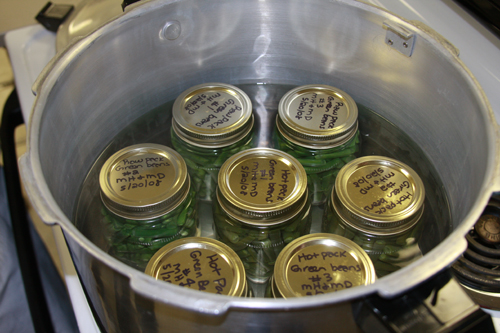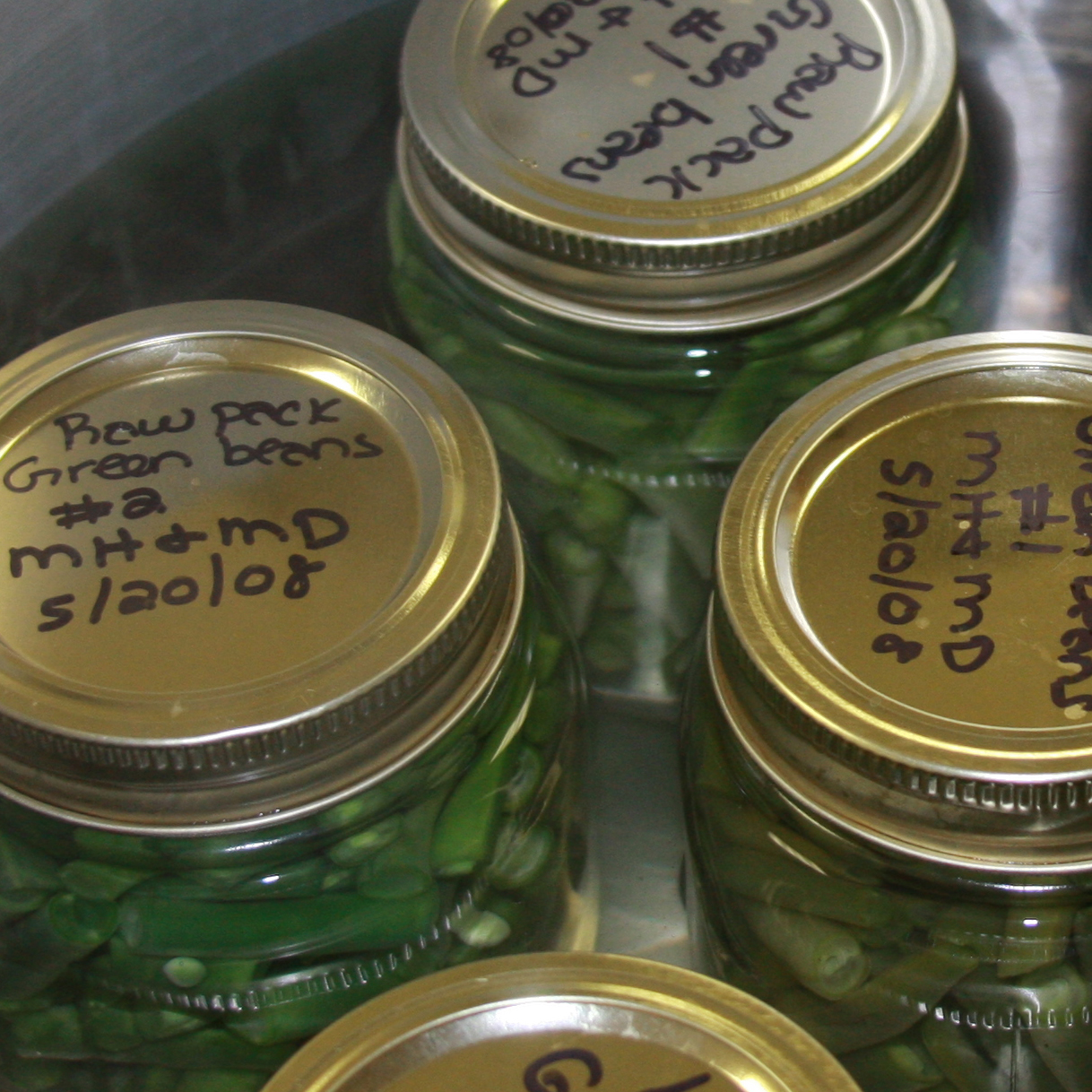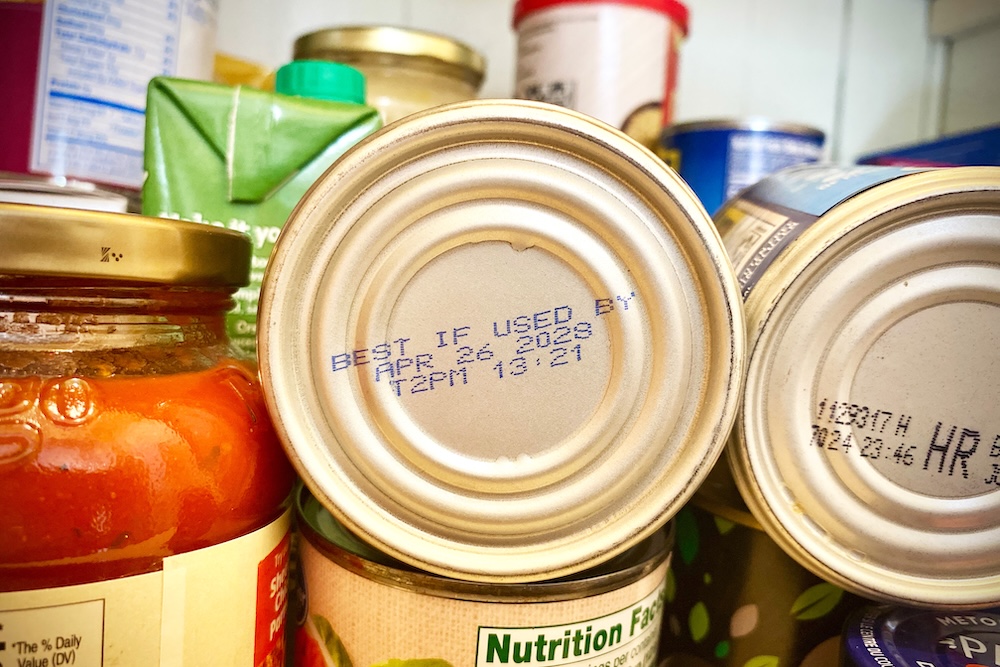If you are thinking about following in your grandmother’s footsteps to preserve food this summer, start preparing now by gathering your equipment and supplies. The proper tools should be kept in good condition to ensure safe, high quality, home-canned food.
If you need to purchase equipment, there are two types of canners to consider: boiling water canners and pressure canners.
A boiling water canner is used for canning acidic or acidified foods like most fruits, pickles, jams and jellies. Boiling water canners cost between $30 and $100, or they can be assembled at home using a large stockpot, a secure lid and a rack to keep jars off the bottom of the pot.
A pressure canner is essential for canning low-acid foods such as vegetables, meats, fish and poultry. Temperatures inside pressure canners reach higher than boiling water canners — around 240 degrees Fahrenheit or higher compared to around 212 degrees Fahrenheit. In following the tested processes, canning at higher temperatures is necessary to kill the toxins that produce spores of the bacteria Clostridium botulinum. If these spores are not killed, they can grow out and produce a deadly toxin, or poison, in low-acid foods stored at room temperature.
Pressure canners are available in two types: a dial-gauge canner or a weighted-gauge canner. Most steps in managing the pressure canning process are the same, but the two styles of canners have different types of gauges to indicate the pressure inside the canner. Expect to spend $100 to $150 or more on a pressure canner.
If you use a dial-gauge canner, it’s important to have the gauge tested for accuracy when the gauge is dropped or damaged and before each canning season. It isn’t as easy as it used to be to get gauges tested. Try a local hardware store or your local University of Georgia Cooperative Extension agent, although not all offices continue to provide this service.
For either type of canner, make sure that the rubber gasket is flexible and soft. If it is brittle, sticky or cracked, replace it with a new gasket. Also check that any openings, like vent ports, are completely clean and open.
You’ll also need jars, lids and ring bands for canning. When getting started, new jars are a worthwhile investment, as opposed to purchasing used jars from a yard sale or flea market, because very old jars may break under pressure and heat. Mason-type jars of standard sizes — half-pint, pint and quart — are recommended for the tested processes. These jars are available for purchase from science-based sources such as the U.S. Department of Agriculture and land-grant universities like UGA.
Make sure the jars are manufactured and sold for canning purposes; not all glass and Mason jars are tempered to prevent breakage due to the extreme heat and temperature swings of the canning process.
When you begin to can your harvest, follow the manufacturer’s advice for preparing the jars and lids. In addition to standard cooking utensils like cutting boards and bowls, you will also want to have a jar funnel, jar lifter, lid wand, headspace tool and bubble freer handy for canning.
If you choose to freeze your harvest, use packaging such as plastic bags or rigid containers that are intended for freezer storage of foods. Not all plastics are the same, and some materials will not hold up to freezer temperatures and protect your goodies from damaging air and mixtures of odors.
A final must for canning is reliable, up-to-date canning and other food preservation instructions. Specific kitchen equipment or ingredients may also be needed to successfully follow directions as they are written for food preservation. In the case of canning in particular, very significant food safety risks are associated with following unsound recommendations.
The sixth edition of the popular UGA Extension food preservation book, “So Easy to Preserve,” can be ordered through setp.uga.edu for $18. Check with your local UGA Extension office too, as some offices keep the book in stock. Reliable, up-to-date canning instructions can also be found on the National Center for Home Food Preservation’s website at nchfp.uga.edu.











